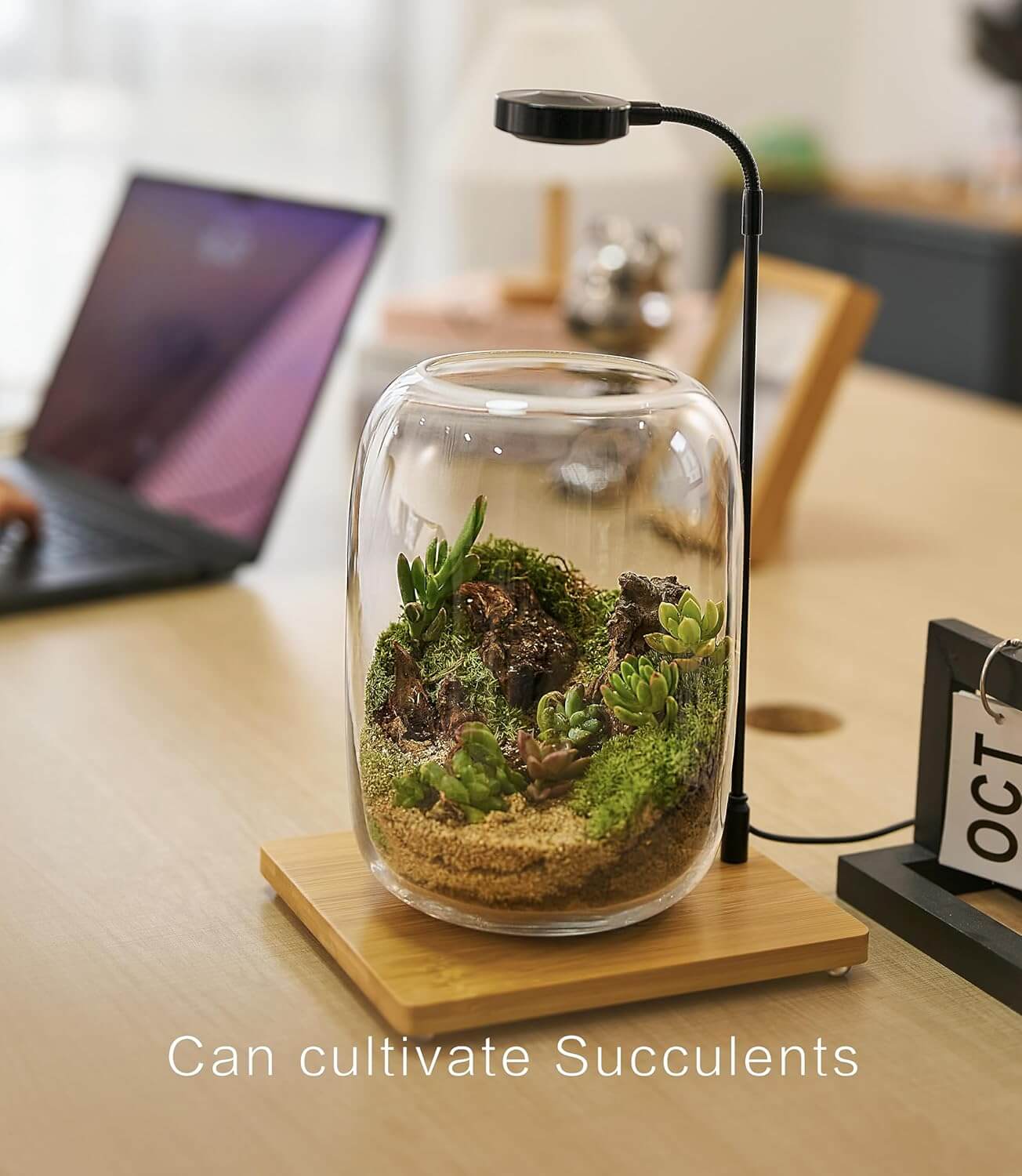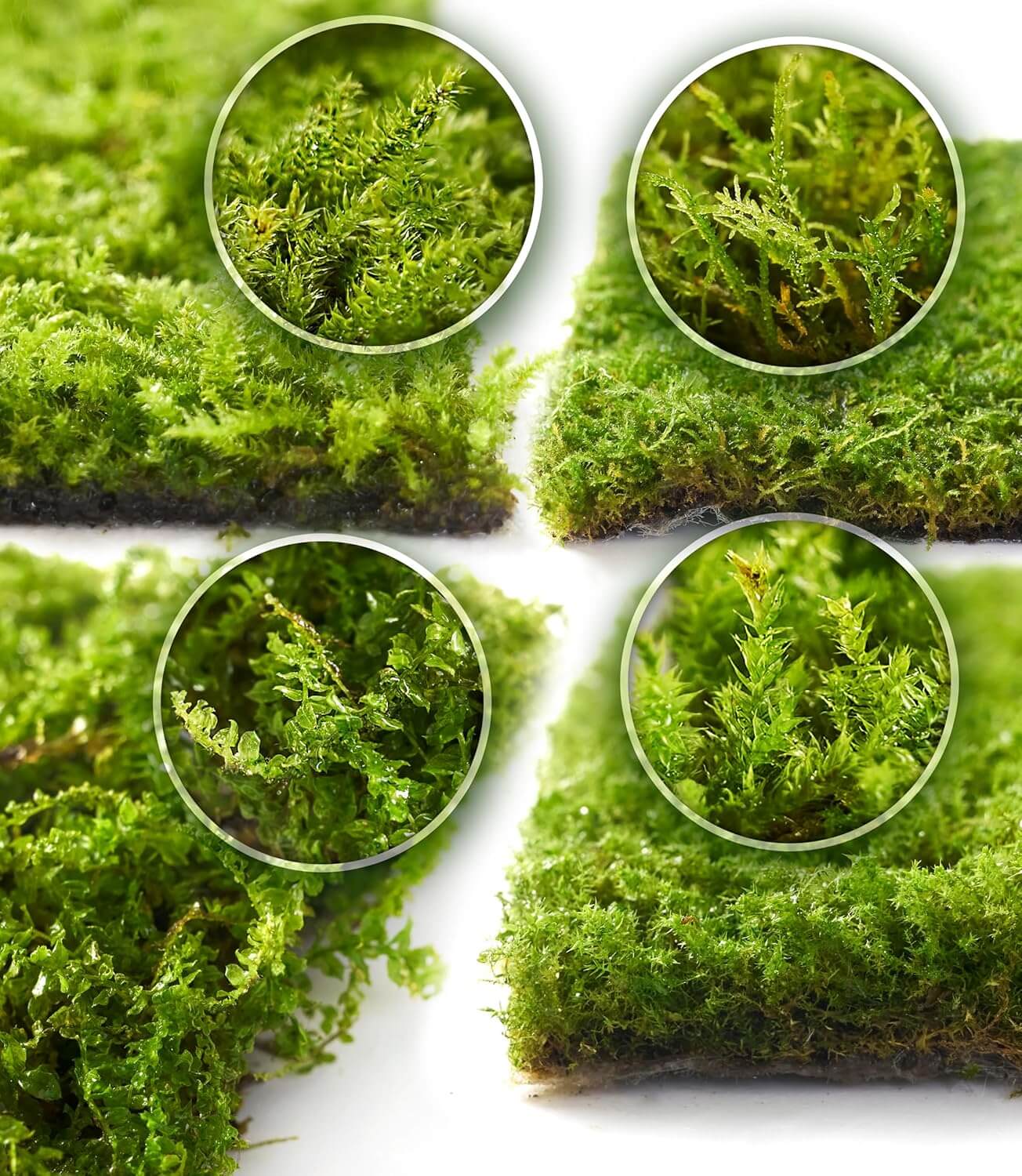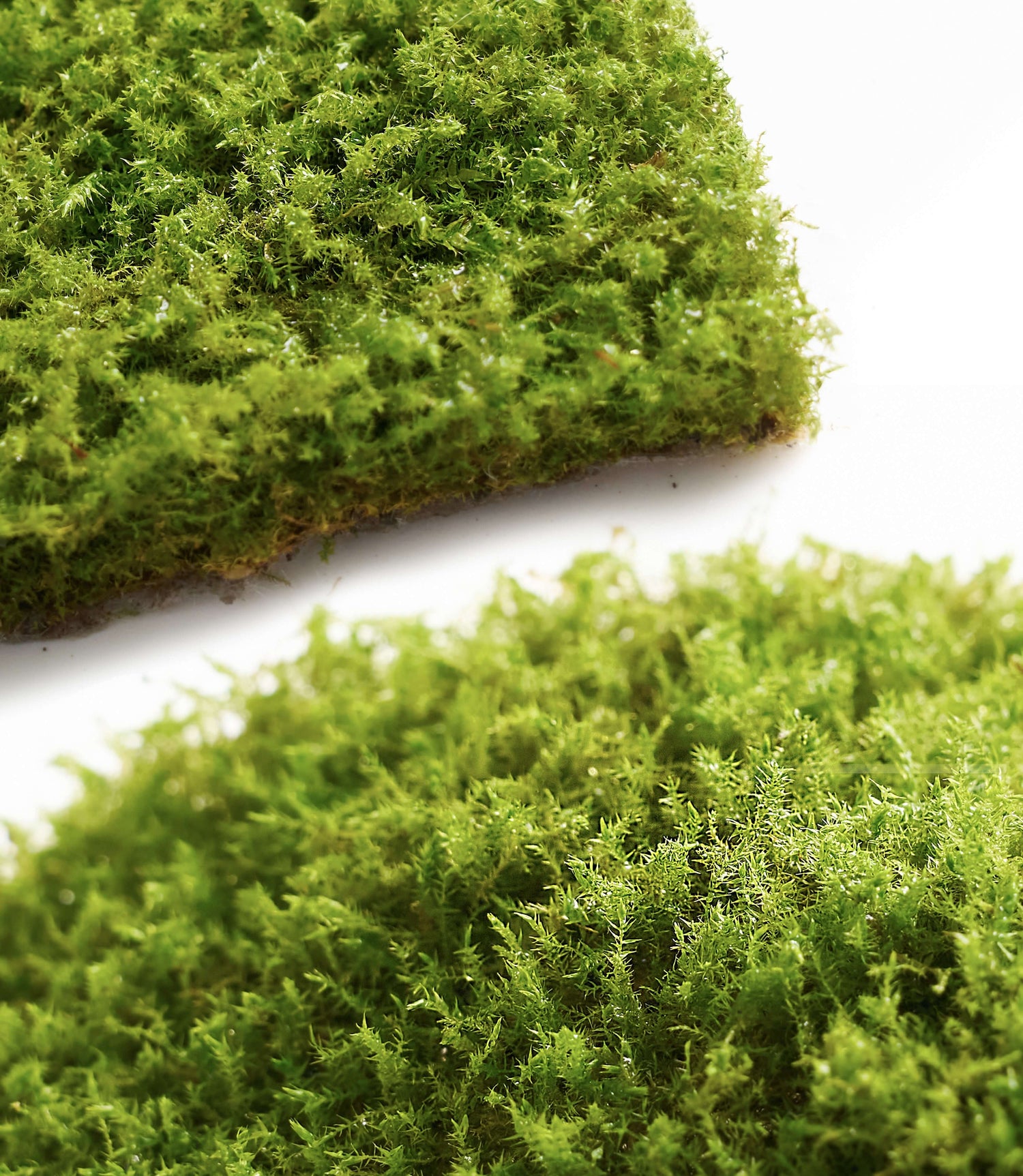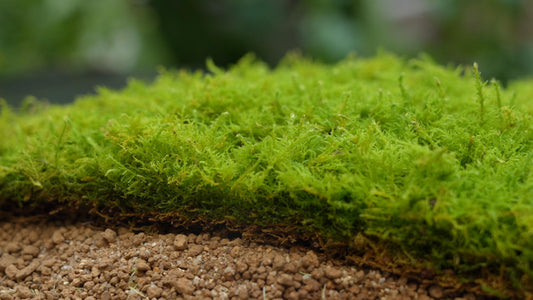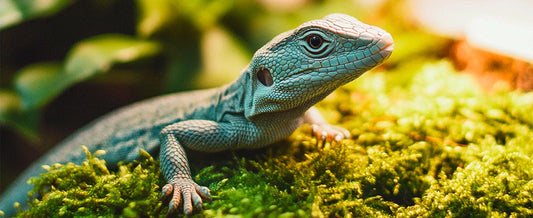How Often Should I Replace Orchid Moss? A Practical Guide for Healthy Roots
Not sure when to refresh your orchid’s moss? This step-by-step guide explains how often to replace orchid moss, the warning signs to watch, and simple ways to extend its lifespan—so you keep roots aerated, prevent rot, and maintain steady humidity.
Why orchid moss can’t last forever
- Aeration drops over time: Fibers compress and break down, reducing airflow and raising rot risk.
- pH drifts & nutrients stall: Long-wet moss can acidify and interfere with uptake.
- Mineral build-up: Hard water and fertilizer leave residue (“white crust”), making roots harder to hydrate.
-
Microbes & odor: Old, soggy moss is a friendly home for mold and bacteria.

Recommended replacement intervals (by environment)
| Setup / Environment | Suggested Interval | Notes |
|---|---|---|
| Good airflow, moderate humidity | Every 10–12 months | Baseline for most homes. |
| High humidity / closed displays | Every 6–8 months | Prevents hidden core mold. |
| Dry climate, low ambient humidity | Every 12–18 months | Slower breakdown; monitor salts. |
| Beginners / heavy watering habit | Check at 6 months | Replace if you see compaction or odor. |
Clear signs it’s time to replace
- Visual: Moss turns dark/brown or shows white mineral crust; roots look yellowed despite a moist surface.
- Tactile: Moss feels slimy, matted, or crumbly instead of springy.
- Smell: Musty, sour, or swampy odor from the pot.
If you notice two or more of the above, refresh the moss now.
How to replace orchid moss safely (quick steps)
- De-pot gently: Lift the plant and tease away old moss.
- Trim roots: Remove black, hollow, or mushy roots. Keep firm, silvery-green ones.
- Prep new moss: Rinse, then squeeze to damp, not dripping; fluff for air pockets.
- Re-pot loosely: Use a breathable pot (slotted/clear/clay). Keep crown and pseudobulbs clear.
- Water & ventilate: Water thoroughly, drain fully, then give 10–15 minutes of airflow.
Pro tips to extend moss lifespan
- Use filtered/distilled or rested tap water to reduce mineral deposits.
- Ventilate after watering (10–15 minutes) to avoid a soggy core.
- Stir the top layer lightly every 2–3 months to reopen air paths.
- Bright, indirect light keeps surfaces drier and moss springier.
- Spot-treat for mold with an orchid-safe fungicide if needed.

Bottom line
For most homes, plan to replace orchid moss every 9–12 months. In humid or closed setups, refresh sooner; in drier rooms, you can stretch longer. Prioritize loose texture, clean water, and airflow—your roots (and blooms) will thank you.
FAQ — Replacing Orchid Moss
How often should I replace orchid moss?
Most home growers do well with every 9–12 months. Replace sooner (6–8 months) in high humidity or closed displays; check at 6 months if you water heavily.
What are the top signs moss needs replacing?
Dark/brown color, white mineral crust, musty odor, or a dense, soggy core. If two or more show up, refresh now.
Can I mix bark with moss to extend the interval?
Yes. A bark-forward mix with a thin live-moss layer on top improves aeration and slows compaction, often extending intervals.
What water should I use to reduce salt build-up?
Filtered or distilled water—or rested tap water—helps minimize mineral crust and keeps fibers springy longer.
Do I need to sterilize the pot or roots when I replace moss?
Rinse the pot and tools; trim dead roots with clean scissors. For moldy setups, wash the pot with mild soap, rinse thoroughly, and air-dry before re-potting.
Can I just top up with new moss instead of a full change?
Topping up works short-term, but if the core is compacted or smelly, do a full refresh to restore airflow.

